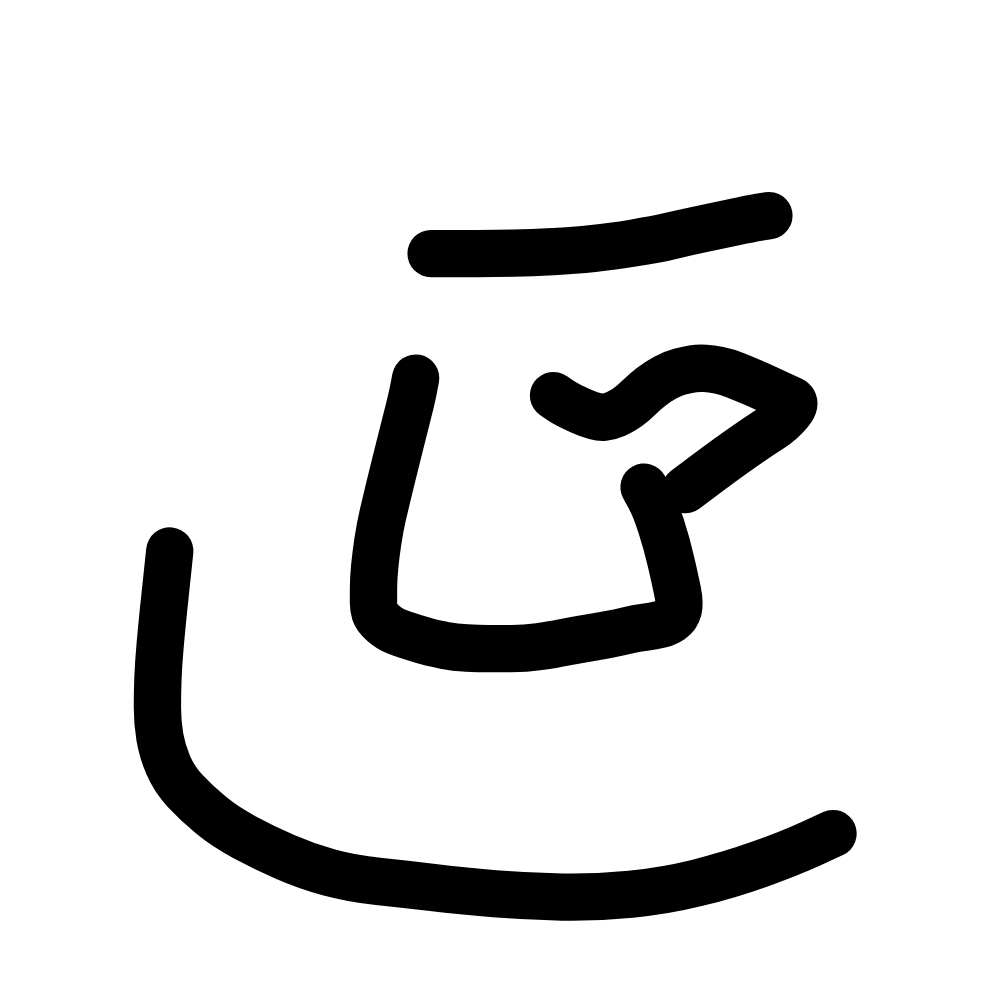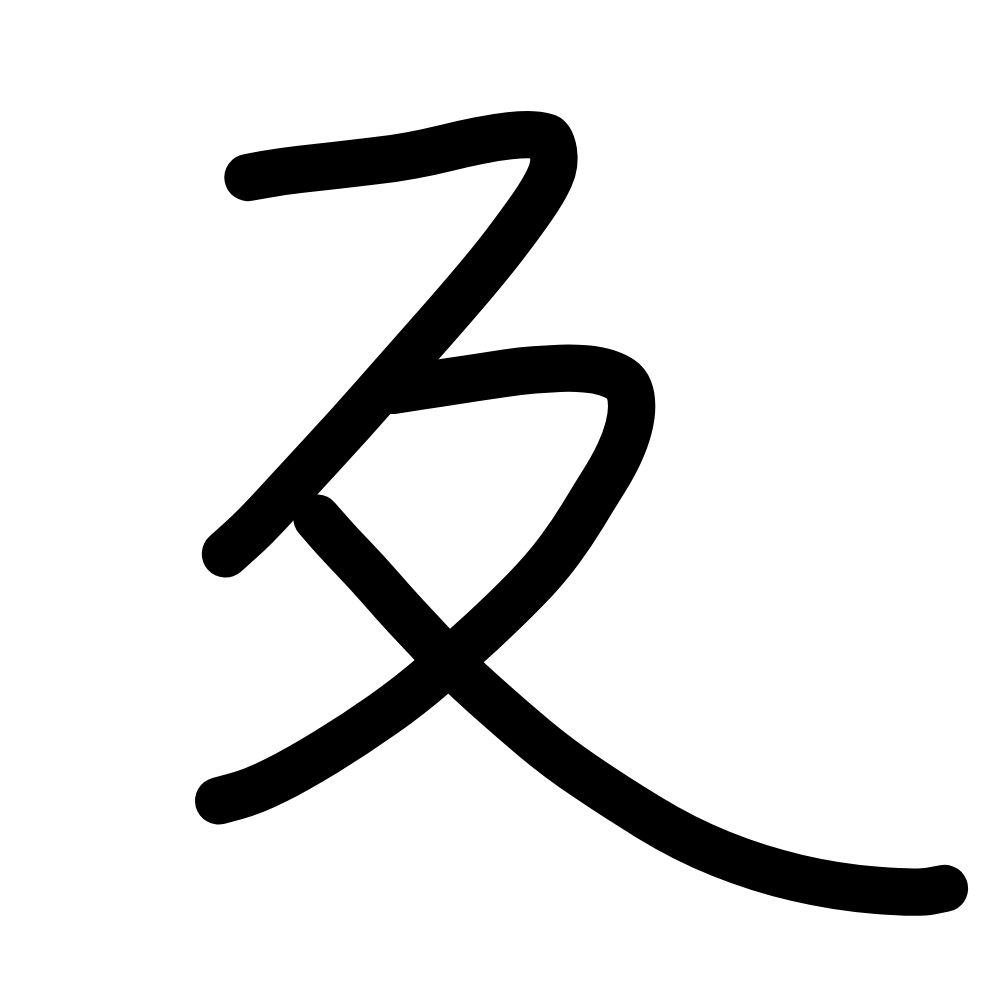𛀁 on:
[Wikipedia]
[Google]
[Amazon]
Ye is a '' hentaigana'', a variant
"Reply to The Origin of Hiragana /wu/ 平仮名のわ行うの字源に対する新たな発見"
/ref>
 (Hentaigana of え. Hiragana.)
***エ (Katakana)
**Constructed kana
***
(Hentaigana of え. Hiragana.)
***エ (Katakana)
**Constructed kana
*** (A part of 衣. Katakana.)
***
(A part of 衣. Katakana.)
*** (A part of 衣. Katakana.)
***
(A part of 衣. Katakana.)
*** (A part of 衣. Katakana.)
***
(A part of 衣. Katakana.)
*** (A part of 衣. Katakana.)
***
(A part of 衣. Katakana.)
*** (A part of 衣. Katakana.)
*ye
**Traditional kana
***え (平仮名)
***𛀁 (Hentaigana of え. Hiragana.)
***
(A part of 衣. Katakana.)
*ye
**Traditional kana
***え (平仮名)
***𛀁 (Hentaigana of え. Hiragana.)
*** (Hentaigana of え. Hiragana.)
***
(Hentaigana of え. Hiragana.)
*** (Hentaigana of え. Hiragana.)
***
(Hentaigana of え. Hiragana.)
*** (Hentaigana of え. Hiragana.)
***エ (Katakana)
**Constructed kana
***え〻 (え with dots. Hiragana.)
***エ〻 (エ with dots. Katakana.)
***
(Hentaigana of え. Hiragana.)
***エ (Katakana)
**Constructed kana
***え〻 (え with dots. Hiragana.)
***エ〻 (エ with dots. Katakana.)
*** (A part of 衣. Katakana.)
***
(A part of 衣. Katakana.)
*** (A part of 衣. Katakana.)
***
(A part of 衣. Katakana.)
*** (A part of 衣. Katakana.)
***𛄡 (A part of 延. Katakana.)
***
(A part of 衣. Katakana.)
***𛄡 (A part of 延. Katakana.)
*** (A part of 兄. Katakana.)
***
(A part of 兄. Katakana.)
***
音韻啓蒙 : 2巻. 上巻
/ref> (A part of 延. Katakana.) These suggestions weren't accepted.
kana
The term may refer to a number of syllabaries used to write Japanese phonological units, morae. Such syllabaries include (1) the original kana, or , which were Chinese characters (kanji) used phonetically to transcribe Japanese, the most p ...
or Japanese syllable, no longer in standard use.Iannacone, Jake (2020)"Reply to The Origin of Hiragana /wu/ 平仮名のわ行うの字源に対する新たな発見"
/ref>
History
It is presumed that 𛀁 would have represented . Along with 𛀆 (''yi'') and 𛄟 (''wu''), the syllable ''ye'' has no officially recognized kana; however, during the Meiji period, linguists almost unanimously agreed on the kana for ''yi'', ''ye'', and ''wu''. 𛀆 and 𛄢 are thought to have never occurred as syllables in Japanese, and 𛀁 was merged with え and エ.Characters
Nara period–Heian period
Japanese people separated ''e'' and ''ye'' in Man'yōgana, early Hiragana and early Katakana.Man'yōgana
is an ancient writing system that uses Chinese characters to represent the Japanese language. It was the first known kana system to be developed as a means to represent the Japanese language phonetically. The date of the earliest usage of thi ...
*e
**愛、哀、埃、衣、依、榎、荏、得
**可愛
*ye
**延、曳、睿、叡、盈、要、縁、裔、兄、柄、枝、吉、江
Hiragana
*e
**(Undiscovered)
*ye
** 20px etc.
Katakana
*e
**𛀀 etc.
*ye
**エ etc.
After that, ''e'' and ''ye'' merged into ''ye'' in the 10th century, before eventually evolving back to ''e''.
Edo period–Meiji period
In the Edo period and the Meiji period, some Japanese linguists tried to separate kana ''e'' and kana ''ye'' again. The shapes of characters differed with each linguist. 𛀁 and 𛄡 were just two of many shapes. They were phonetic symbols to fill in the blanks of gojuon table. Japanese people didn't separate them in normal writing. *e **Traditional kana ***え (Hiragana) *** (A part of 衣. Katakana.)
***
(A part of 衣. Katakana.)
*** (A part of 衣. Katakana.)
***
(A part of 衣. Katakana.)
*** (A part of 衣. Katakana.)
***
(A part of 衣. Katakana.)
*** (A part of 衣. Katakana.)
***
(A part of 衣. Katakana.)
*** (A part of 衣. Katakana.)
*ye
**Traditional kana
***え (平仮名)
***𛀁 (Hentaigana of え. Hiragana.)
***
(A part of 衣. Katakana.)
*ye
**Traditional kana
***え (平仮名)
***𛀁 (Hentaigana of え. Hiragana.)
*** (Hentaigana of え. Hiragana.)
***
(Hentaigana of え. Hiragana.)
*** (Hentaigana of え. Hiragana.)
***
(Hentaigana of え. Hiragana.)
*** (Hentaigana of え. Hiragana.)
***エ (Katakana)
**Constructed kana
***え〻 (え with dots. Hiragana.)
***エ〻 (エ with dots. Katakana.)
***
(Hentaigana of え. Hiragana.)
***エ (Katakana)
**Constructed kana
***え〻 (え with dots. Hiragana.)
***エ〻 (エ with dots. Katakana.)
*** (A part of 衣. Katakana.)
***
(A part of 衣. Katakana.)
*** (A part of 衣. Katakana.)
***
(A part of 衣. Katakana.)
*** (A part of 衣. Katakana.)
***𛄡 (A part of 延. Katakana.)
***
(A part of 衣. Katakana.)
***𛄡 (A part of 延. Katakana.)
*** (A part of 兄. Katakana.)
***
(A part of 兄. Katakana.)
***
/ref> (A part of 延. Katakana.) These suggestions weren't accepted.
Unicode
The hiragana version is encoded as HIRAGANA LETTER ARCHAIC YE (with the normative alias of HENTAIGANA LETTER E-1) in the position U+1B001. The katakana version is encoded as KATAKANA LETTER ARCHAIC YE, in the position of U+1B121.References
See also
* Yi (kana) * Wu (kana) Specific kana {{Writingsystem-stub